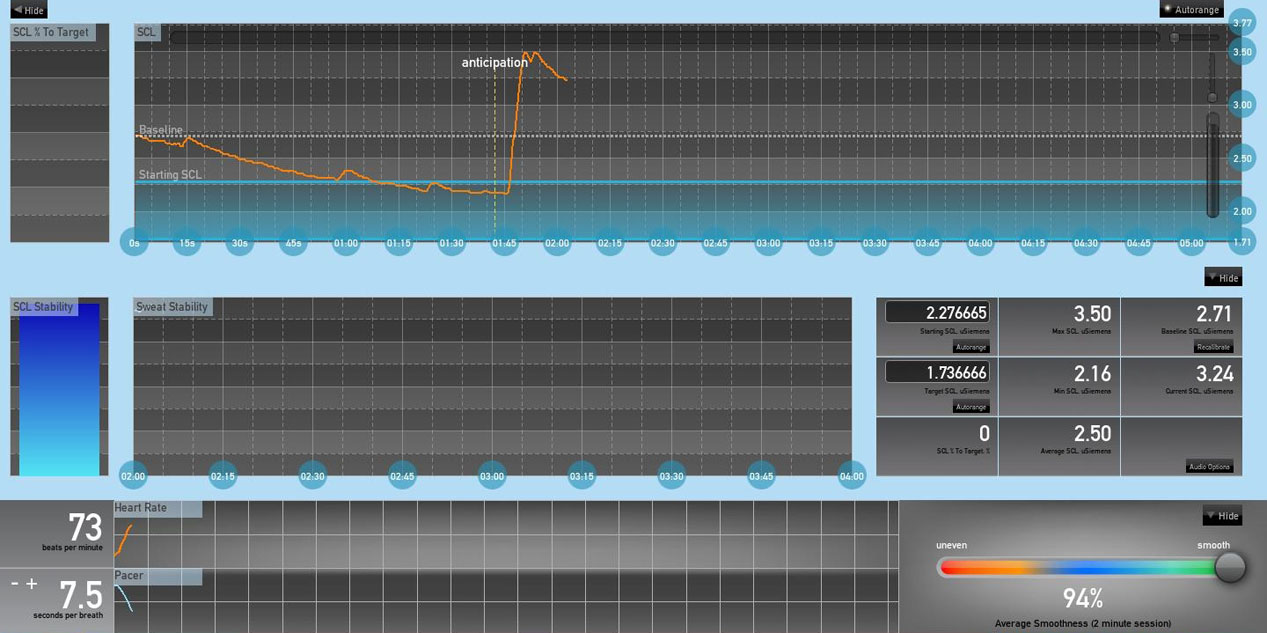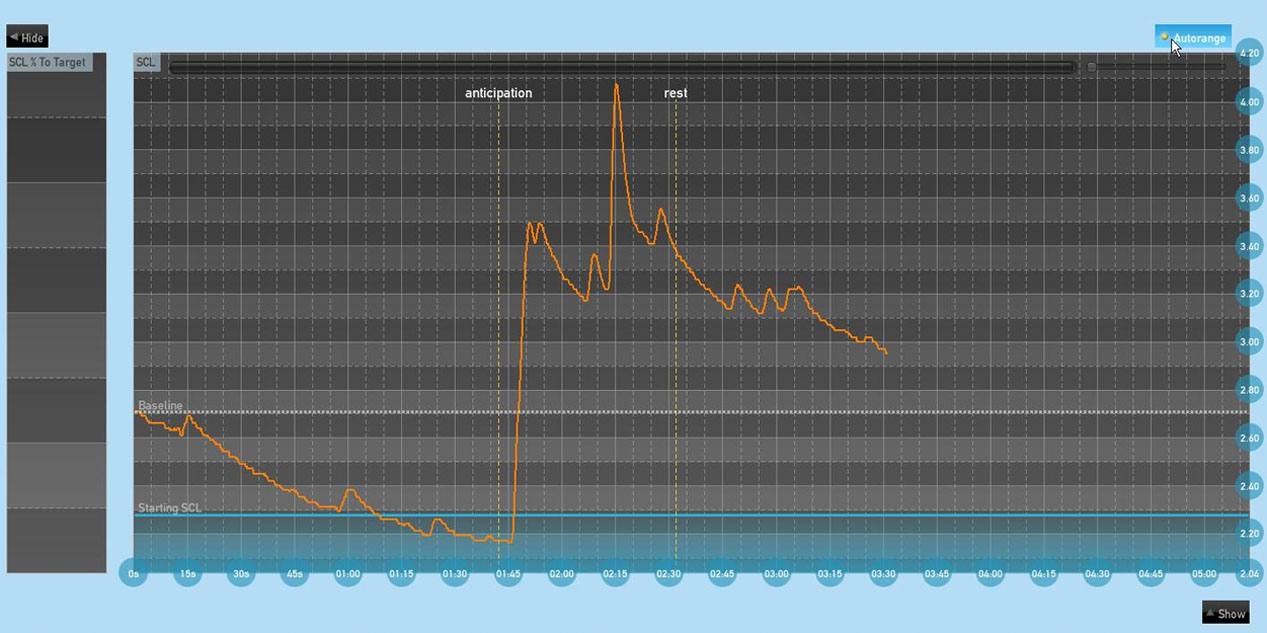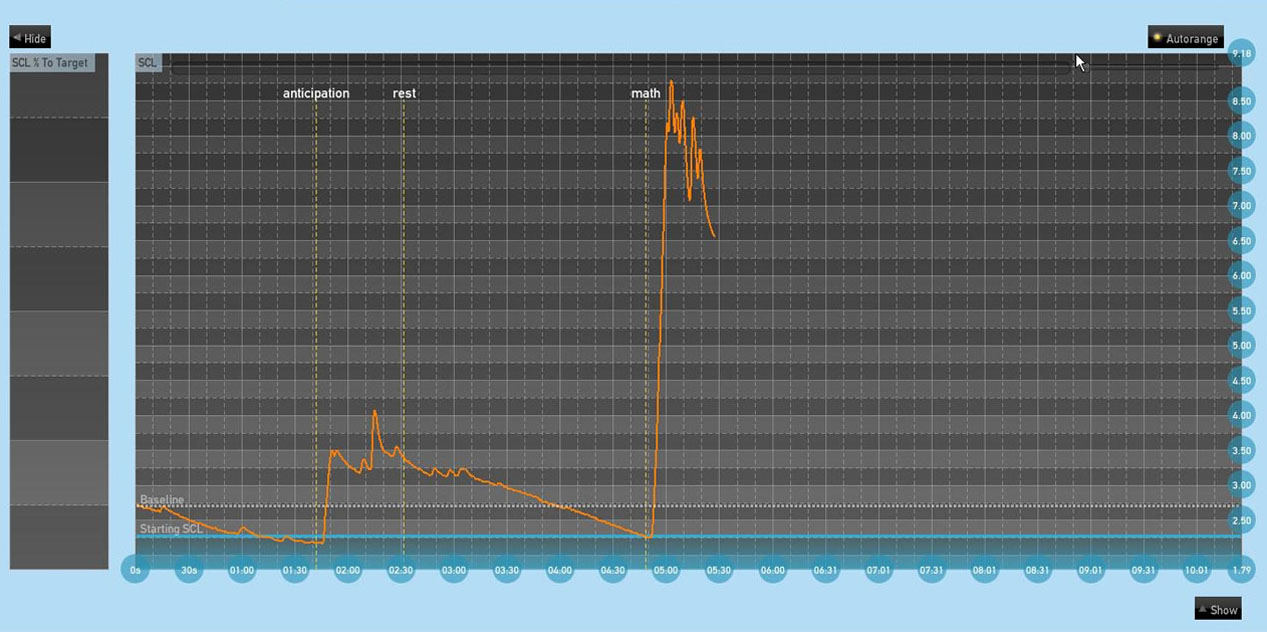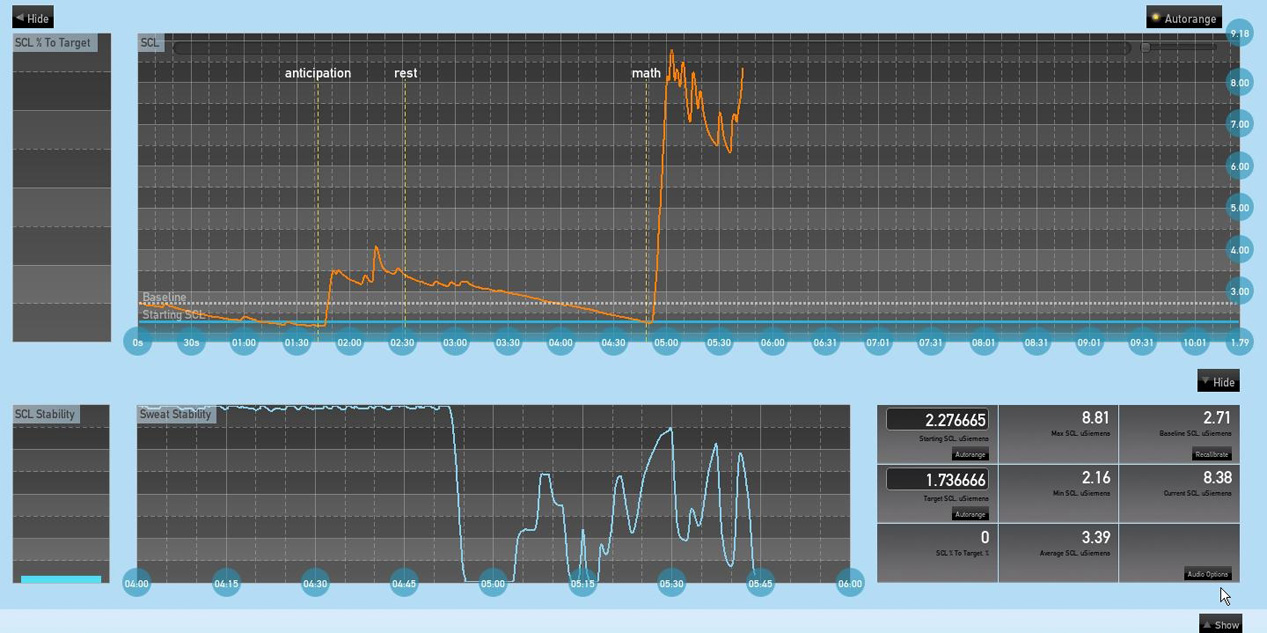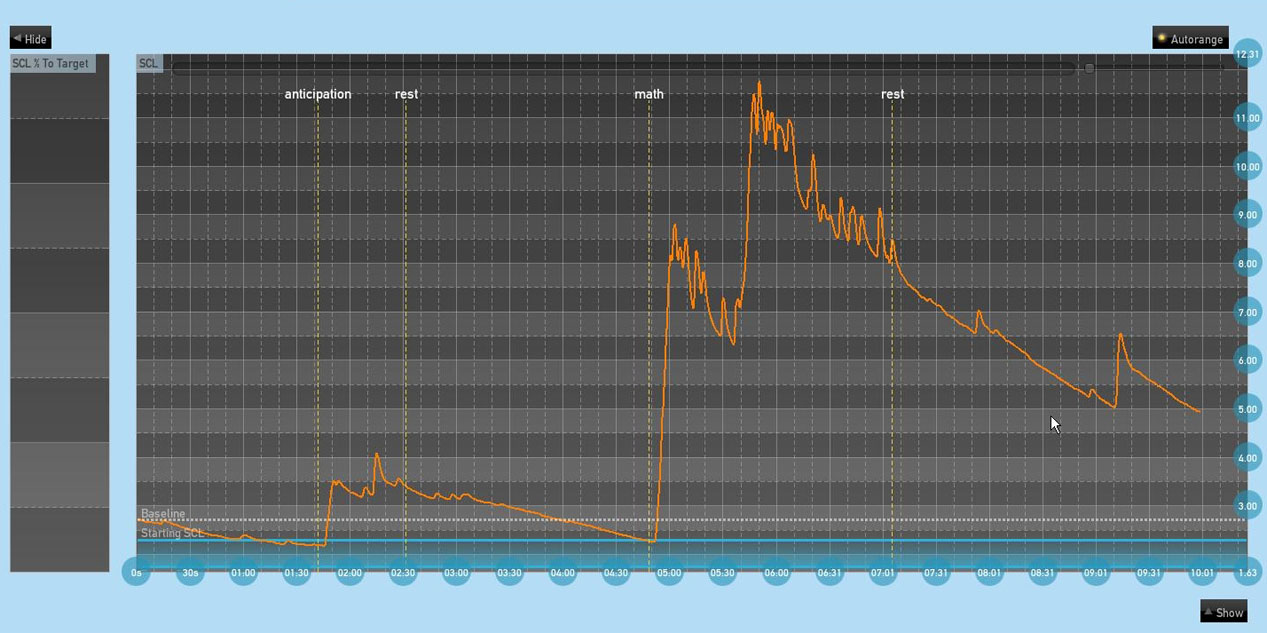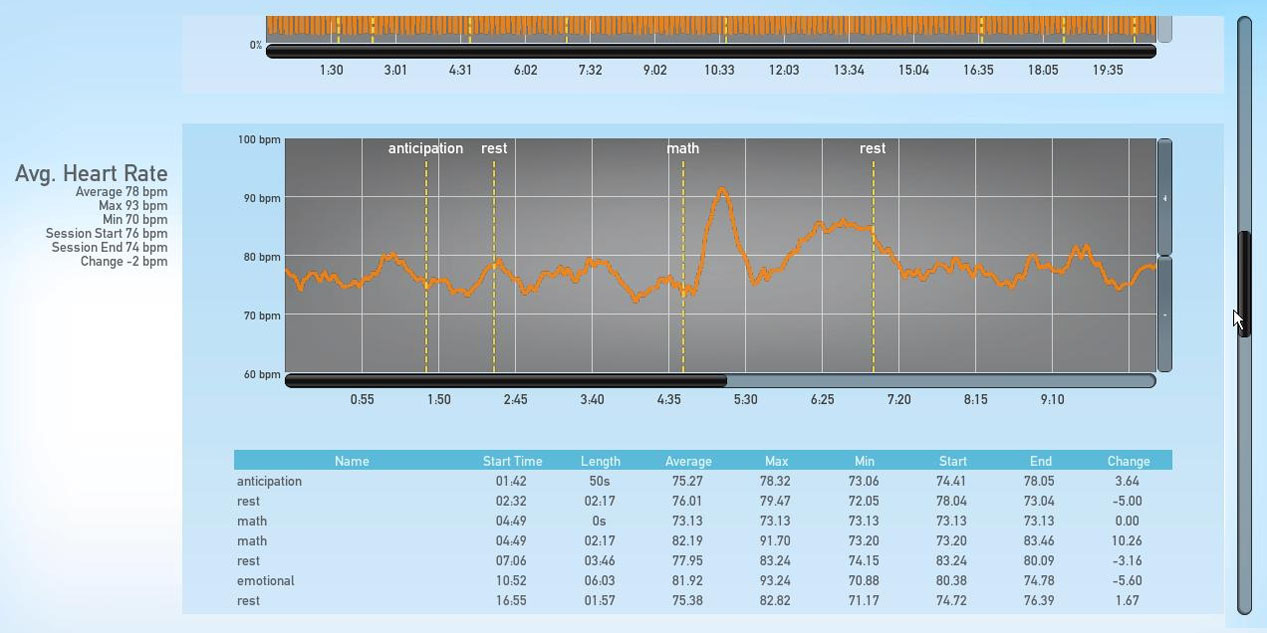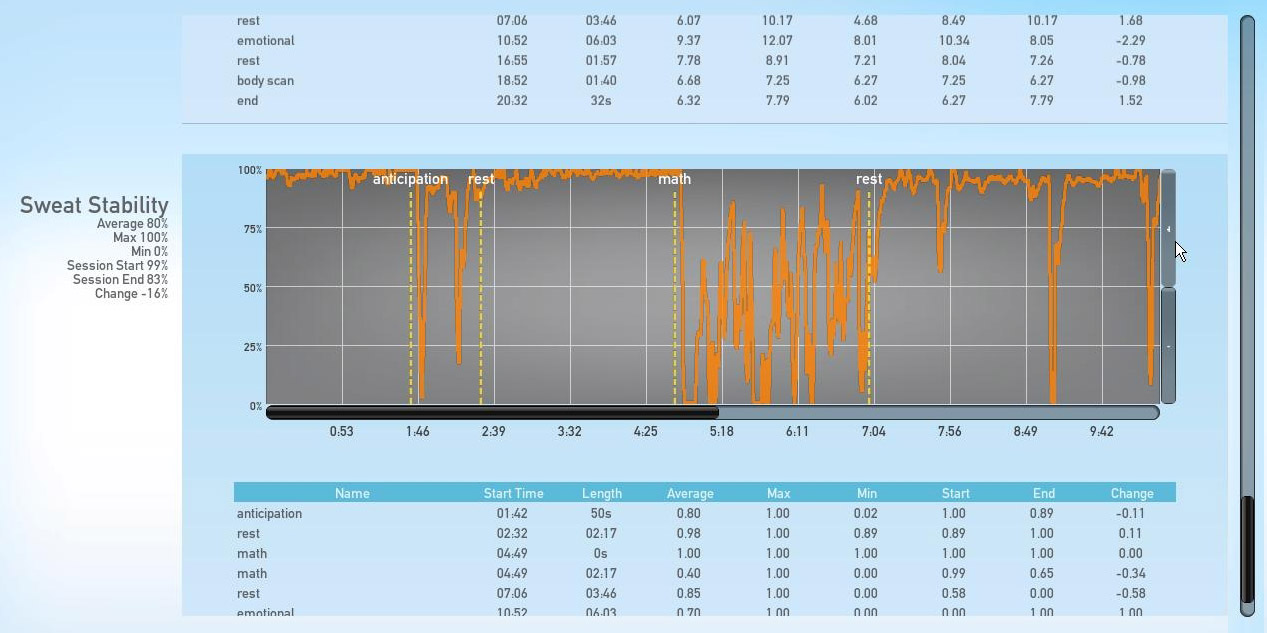Mindfulness helps many people live better
Submitted by Abigail HamiltonMindfulness is an off-screen practice that is incredibly central to the Alive & Beyond 8-week program. Within Alive, in Workshops, you'll find Mindfulness instruction.
In fact, mindfulness has been shown to have very positive effects in many arenas of health. Here's a round-up of recent news items reflecting some of the many ways mindfulness improves people's lives and outcomes, often taking the place of medications that can bring unwanted side-effects.
From Bloomberg Businessweek, a story about mindfulness easing depression and anxiety in people suffering from MS:
The problem with medications is that patients are told, "'Here are some drugs that make you sad, tired and depressed, but nothing will effectively take away your disease.' They're left with no effective treatments."
Enter mindfulness meditation. "You learn to objectify what you're feeling, be it pain or anxiety or depression, and see it as a separate entity that's not part of yourself. It helps you let it go. You're getting to the heart of the symptom rather than just covering it as you do with medications."
From the Times of India:
'Mindfulness' meditation, the process of becoming more aware of one's surroundings, improves mental health and well being in teenage boys, says a new study.
Researchers from the University of Cambridge found that after meditation, 14- and 15-year-old boys were found to have increased well-being, defined as the combination of feeling good (including positive emotions such as happiness, contentment, interest and affection) and functioning well.
"Our study demonstrates that this type of training improves well-being in adolescents and that the more they practice, the greater the benefits. Importantly, many of the students genuinely enjoyed the exercises and said they intended to continue them," said Professor Felicia Huppert.
"Another significant aspect of this study is that adolescents who suffered from higher levels of anxiety were the ones who benefitted most from the training," she added.
From Worlds Breaking News:
There is growing evidence that mindfulness meditation when used consistently over a period of time will help to weaken the powerful mental habits in individuals trying to stop smoking cigarettes. Mindfulness meditation helps to control compulsive forms of behavior that can make individuals trying to quit smoking cigarettes resistant to change.
Now there is sound neuroscience proof that the consistent practice of mindfulness can in fact modify the structure of the brain in measurable and seemingly positive ways, giving rise to increased equanimity and positive affect.
Several preliminary research studies have employed mindfulness meditation in assisting individuals to stop smoking cigarettes. In one of these studies, 56% of the subjects showed biologically-confirmed smoking abstinence six weeks after quitting. It was also found that “compliance with meditation was positively associated with smoking abstinence and decreases in stress and affective distress.”
A creative way to combat stress in the workplace
Submitted by Abigail HamiltonA Saint Louis area manufacturer has a program in place that helps combat workplace stress in an ever-more challenging industry — and helps socialize dogs so they can be adopted.
"We began as a custom-cutting tool manufacturer for the screw machine industry, but when the tooling market began to constrict, a lot of screw machine work went to the Asian Rim," Reichlin said. "Following the economic upheaval in late 2008 and 2009, the stress level of running a manufacturing company these days can be quite high.
"It's amazing how bringing a dog into the workplace ends up being semi-therapeutic. It really helps people communicate better with each other. It changes the stress level in the room."
Step-by-step mind-body demo — Integrating mindfulness with biofeedback series, continued
Submitted by sv.admBy Yuval Oded
 This walkthrough shows a clinician how to demonstrate the effect of mental stress on the body in real-time using Alive Clinical Version biofeedback graphing. We can tell clients what we know, but showing them is much more powerful and motivating.
This walkthrough shows a clinician how to demonstrate the effect of mental stress on the body in real-time using Alive Clinical Version biofeedback graphing. We can tell clients what we know, but showing them is much more powerful and motivating.
- From the baseline level we let the SCL line stabilize, preferably letting it get a downward trend as in the example shown below example.
After going down from 2.71 microsiemens to 2.16 microsiemens, this is the perfect point at which to evoke an anticipation reaction. At timeline 1 min. 50 sec., the client was told “I will now ask you a difficult math question.”
Notice the sharp rise in the SCL line climbing to 3.50 microsiemens.
The client did not move or say anything (since the proposed question was not yet asked), so it is clear that the rise in arousal level stems from the psychological impact of anticipation. - By pressing the Hide button we can show the client only the SCL line. After the first anticipation trigger, she is asked to rest.
- After approx 2 min. rest time the client is asked a question in math. Notice the very sharp rise in arousal level (to 8.5 microsiemens) showing the psychological impact on the client. Later, she commented that the thought “What if I am wrong?” passed through her mind, causing this rise in arousal level.
- Showing the sweat stability graph to the client at this stage can be useful, as it indicates the sharp difference in stability when resting compared to being emotionally agitated by the math task.
- Show the rest period, line going down. Take some time with the client to discuss this demo of how thoughts affect the body.
- Using the clinical-view option can deepen the client’s understanding of his body’s reaction: the sharp rise in average heart rate when asked the math question, the dramatic sweat stability changes at rest compared to when challenged.

